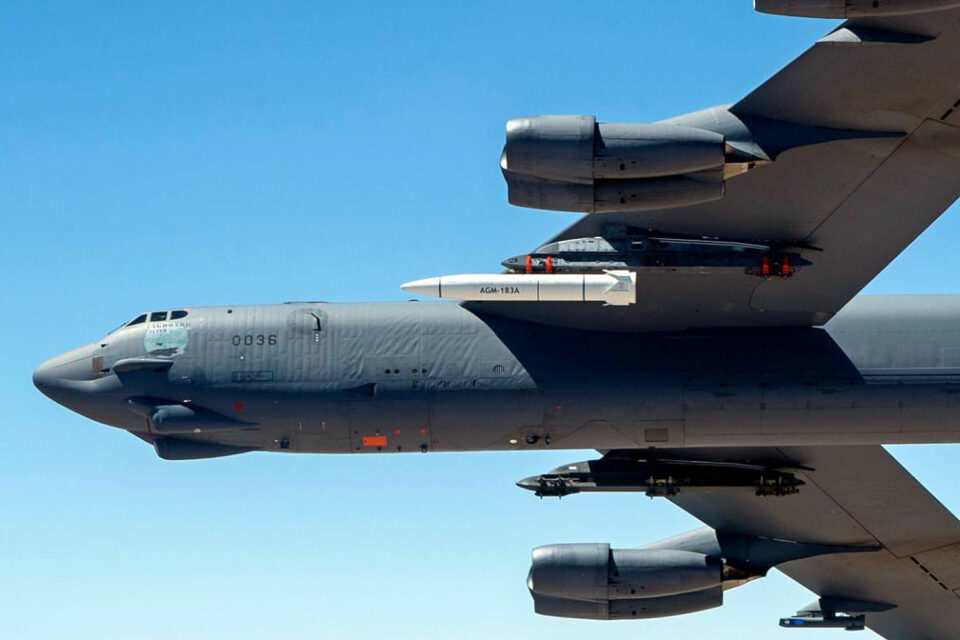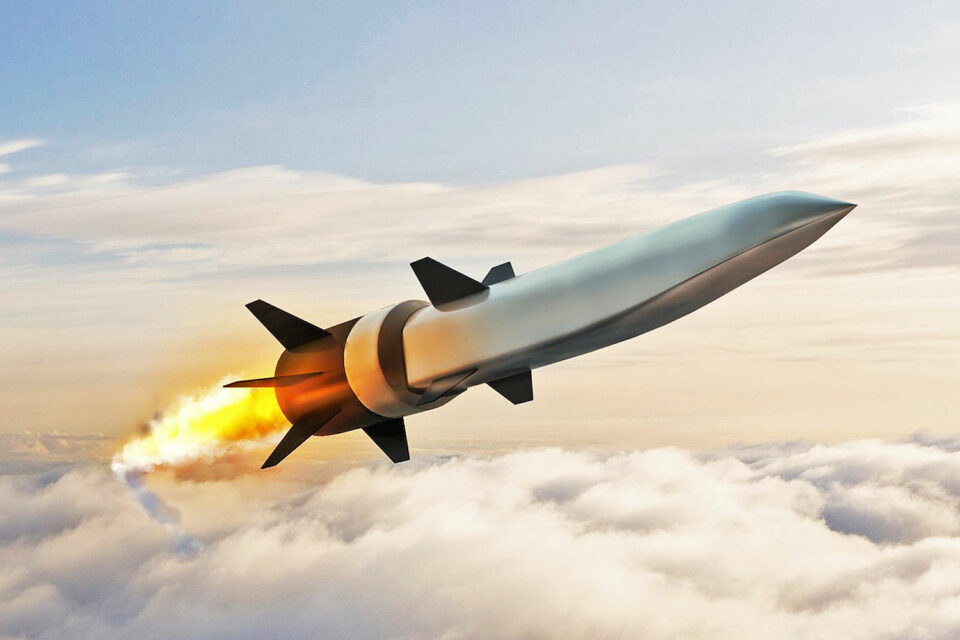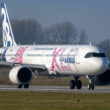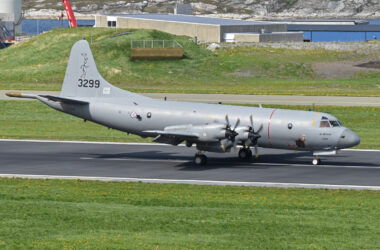As Russian hypersonic Kinzhal missiles soar through the skies over battlefields in the Ukraine war, the United States is still racking its brains to develop such a weapon of its own.
Last week, the US Air Force (USAF) announced that it had given up on purchasing the Air-Launched Rapid Response Weapon (ARRW) AGM-183A from Lockheed Martin, after a series of failures with the system during tests.
Lockheed Martin’s hypersonic missile is still in the prototyping phase, a development stage where issues are common. Even so, after successive failures, the USAF chose to give up on armament.
Follow ADN: Instagram | Twitter | Facebook
USAF Procurement Director Andrew Hunter stated that he “does not currently intend to pursue follow-on procurement” for the ARRW.
Despite the “death sentence” for Lockheed Martin’s hypersonic missile, Hunter added that the AGM-183A test program will still feature two more flight tests this year.

Hypersonic Attack Cruise Missile
Hypersonic weapons have been the new objective of a modern military force. Capable of flying at speeds in excess of Mach 5 (6,174 km/h) and highly manoeuvrable, these missiles are virtually impossible to track and shoot down. Currently, the only countries that have this type of weapon in operational capacity are Russia and China.
Development of the ARRW began in 2018 after Lockheed Martin won a US$480 million contract with the USAF. The first test launch of the artifact took place in July 2021 and failed – at the time, it was reported that the missile’s engine had an ignition problem.
Subsequently, four more tests were carried out with the equipment, only one of which was successful, in December of last year. The most recent failed test was held on March 13.

Announced by former US President Donald Trump, the ARRW was an ambitious program. Lockheed Martin designed the missile with a range of 1,600 km and a maximum speed of up to Mach 20 (24,696 km/h), fired from the B-1B Lancer and B-52 Stratofortress bombers, in addition to the F-15E fighter – the weapon also was designed for the B-21 Raider.
With the likely end of the ARRW program, the USAF must focus its efforts in this area on another major US hypersonic weapons project, the Hypersonic Attack Cruise Missile (HACM). This project is led by Raytheon, which last year closed a US$ 985 million agreement with the USAF to begin the development of the equipment.
The HACM is a weapon with ‘scramjet’ propulsion, which manages to maintain supersonic flight throughout its range and is considered more promising and effective. The USAF plans to acquire the first series-production missiles in fiscal 2027.






